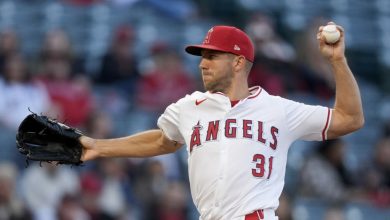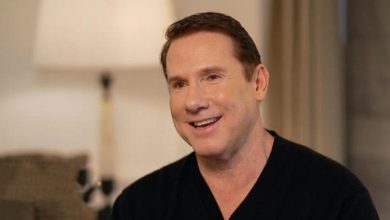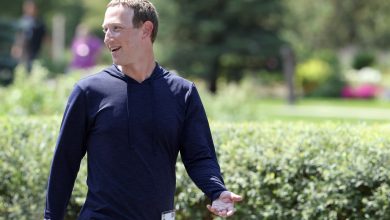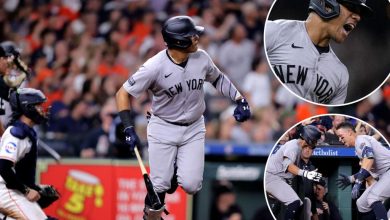Serra High School space teams tests two experiments
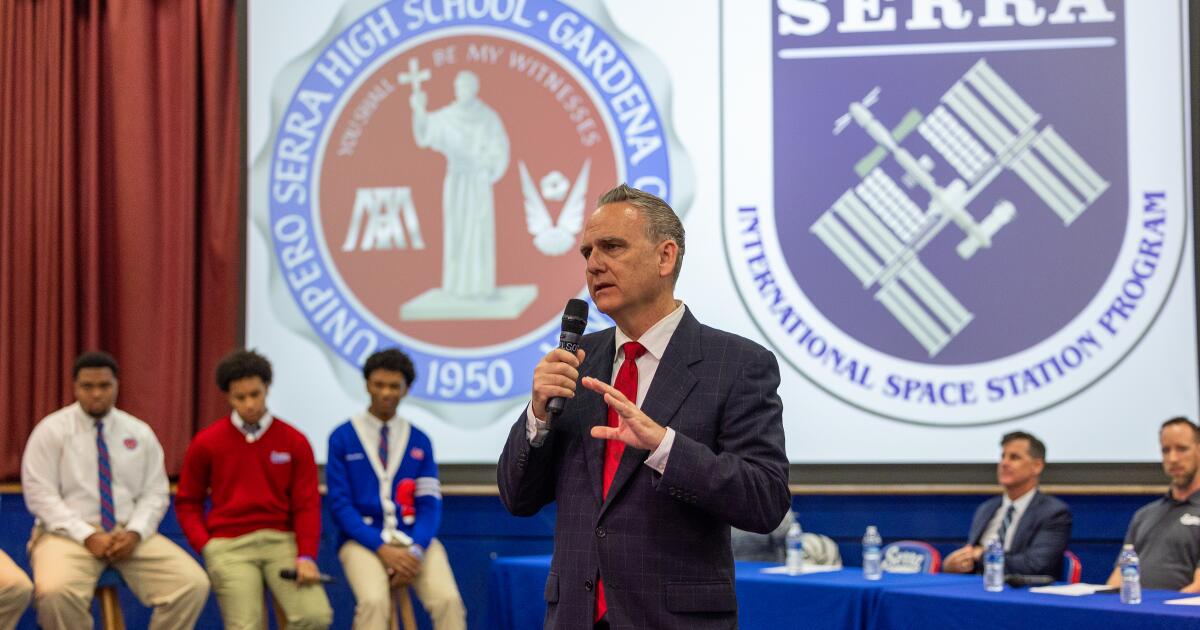
This month, Junipero Serra High School in Gardena held a pep rally to celebrate the accomplishments of what might be its most unconventional team: its cutting-edge space team.
Seniors Isaiah Dunn, Christopher Holbert, Travis Leonard, Anderson Pecot and Henry Toler, junior Keith Davie and freshman Jonathan Cruz walked their classmates through the 3D printing experiment they submitted in orbit on the International Space Station. Meanwhile, their classmates did what they usually do at pep rallies: They clapped, asked questions and, since it’s a Catholic school, they prayed.
Team members aim to do more than just push the boundaries of knowledge. They also hope to make the school a great place to study science.
“We become the pioneers,” Leonard, 17, said. “We are the founders who paved a new path for Serra students.”
The team is in their second experiment conducted in the microgravity conditions of the space station. The current one launched aboard the SpaceX Falcon 9 CRS-30 rocket from the Kennedy Space Center in Florida on March 21 and docked with the International Space Station two days later.
Serra High School Space Team, from left, Jonathan Cruz, 15; Henry Toler, 18, shown speaking; Travis Leonard, 17; Isaiah Dunn, 17; and Andersen Pecot, 17, take turns talking about their participation in the International Space Station program after watching a video of their project’s launch at the Cape Canaveral Space Station.
(Allen J. Schaben / Los Angeles Times)
The experiment involves injecting a light-activated resin into a 3D printed mold of a Lego brick. The resin is then exposed to UV light to cure it. The goal is to compare the physical and chemical properties of the object created in space with those of an identical object created on the ground.
Kenneth Irvine, chair of the school’s science department and an advisor to the team, said the group used a 3D printer on campus to print parts for the printer sent into space. “As our experiment takes place in space, we will conduct a parallel experiment here.”
The goal of the project, Holbert said, is to one day allow the space station to 3D print replacement parts for items that break on board, like fasteners or tools, rather than having to ship them from Earth.
“The goal is to get to a point where we can reliably 3D print in space, which would save thousands of dollars per part,” Holbert said.
The cost of launching an object on a SpaceX Falcon 9 rocket has increased from $10,000 per kilogram in 2009 to between $1,520 and $2,500 today, according to Georgetown University. But it’s still expensive: Even sending a pair of bolts each weighing a tenth of a pound would cost between $138 and $227 to fly into space. Hence the interest in carrying out replacements in orbit.
“What’s exciting is that this is a 100% student-led project that we believe will help NASA and private industries better understand space,” the president said. de Serra, John Moran. “There aren’t many other schools, let alone high schools, that enrich our knowledge of space.”
Serra is one of nine high schools nationwide, along with Calvary Chapel in Santa Ana, to participate in the International Space Station program run by the Quest Institute for Quality Education in San Jose.
The school received $50,000 in grants from the Ahmanson Foundation to participate in the program, Moran said. The school has also benefited from the use of the Makers Space, laboratories, materials and professional advice from engineers at the USC Viterbi School of Engineering, since most of the team members are part of the section junior in the National Society of Black Engineers.
Last year, the space team studied the germination rates of Wisconsin’s rapid plants in space.
So far, NASA has not had any news on how the 3D printing experiment is going.
“We’re all going to be waiting for updates,” said Toler, whose role is to make sure the experiment can survive the rigors of space travel. “I just think having something in space right now is amazing.”
What impressed Irvine and Moran about the team was members’ ability to balance space work with a full range of academic and extracurricular tasks.
Holbert, who will attend Loyola Marymount in the fall, is president of the chess club, a member of the school’s soccer and gardening teams and is part of the robotics and engineering clubs.
Leonard, who is choosing between USC and Howard University, plays football and is a member of the Grace, gardening, robotics and coding clubs. He is also an ambassador for the school.
Toler plays basketball and golf, while Dunn, who will play American football in Italy next year, participates in the school literary magazine, is president of the writing club and plays football, soccer and rugby.
Cruz, the only freshman, is involved in coding and robotics.
“It’s just an incredible group that is very dedicated to themselves and their work,” Irvine said.
On Monday, the space team was honored at the California Senate in Sacramento by Sen. Steven Bradford (D-Gardena).
Bradford noted that Serra is the first inner-city school with predominantly non-white students to participate in the International Space Station program.
“This is part of the school’s ongoing efforts to strengthen STEM education for all students, especially underserved students in South Los Angeles,” Bradford said in a statement. “These students I am honoring are incredibly talented scholars, and it is a privilege to see them recognized by the California State Senate.”
Although team members are proud of their accomplishments in space, they each mentioned their excitement knowing that they have sparked interest in STEM and space studies in Serra and the surrounding communities.
“We have freshmen coming in next year just because of this program,” Dunn said. “Before, it was just for football and sports. We now have students who want to be part of our space program. It’s incredible.”
California Daily Newspapers


